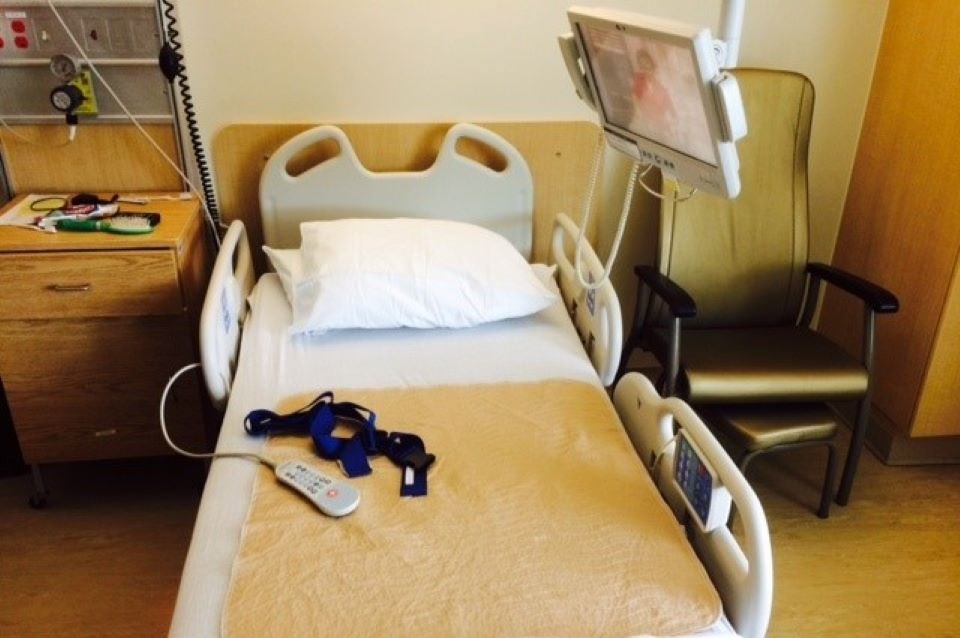A new report released in North Bay today by CUPE’s Ontario Council of Hospital Unions warns the crisis in the province’s hospital sector will only worsen over the next four years unless Ontario makes significant investments to improve staffing levels and capacity.
Citing the latest available data, The Hospital Crisis: No Capacity, No Plan, No End estimates that the province must improve staffing levels and bed capacity by 22 per cent each to meaningfully address patient needs over the next four years.
North Bay requires 90 extra hospital beds and 490 additional staff to meet demand over next four years, says the report.
"Based on the Ford government’s current trajectory and plans, staffing and capacity across Ontario will grow by less than three per cent over the same duration," says a news release.
“The government must address the untenable situation in our public hospitals on a war footing,” says Michael Hurley, the president of OCHU/CUPE, which represents 40,000 hospital workers across the province. “We are in a deep crisis with no signs of improvement as we continue to fail patients and workers alike. You’ve got services being reduced because of staff shortages, you’ve got patients being treated on stretchers because of lack of capacity, you’ve got people waiting for services for long periods or being turned away from services, you’ve got people being discharged prematurely. It’s unacceptable.”
OCHU/CUPE cites recent Stats Canada data showing hospital staffing levels have only increased by 0.4 per cent annually since 2020, despite patient needs necessitating a corresponding increase of 5.2 per cent annually.
Consequently, staff have been saddled with heavy workloads, which combined with wage suppression, has led to high turnover as evidenced by vacancy rates in the first quarter of 2023 increasing by about 300 per cent since 2015.
“The ongoing retention and recruitment challenges will only worsen if the government fails to address working conditions and compensation,” Hurley says. “Staff-to-patient ratios are extremely poor and getting worse. There are so many patients as demand for hospital care continues to grow, and the workloads continue to intensify. The conditions are so unsatisfactory that staff feel like they are failing patients and they just can’t do it anymore.”
Ontario has 38 per cent less inpatient staffing in hospitals compared to the Canadian average. If Ontario’s staffing reached the same level as the rest of the country, it would have 33,778 more full-time staff including inpatient workers and support staff.
The problem goes beyond staffing shortages as Ontario’s hospital capacity has sharply declined over the past three decades adds the report.
"Based on the most recent CIHI data, Canada as a whole has 7.7 per cent more hospital beds per capita than Ontario. The result is very high hospital bed occupancy, cancelled surgeries, and increased usage of unconventional spaces with a 22 per cent increase in 'hallway healthcare' since Ford’s election in 2018.
According to CUPE, the government’s plan to grow capacity by 3,000 beds over the next 10 years falls well short of what is needed. That would achieve only a 0.79 per cent annual increase even as the government itself projects an annual 1.5 per cent population growth rate over the next decade.
Compounding the problem is the fact that health care needs are sensitive to age, Hurley says. "The population of people aged 65 and over is growing at twice the rate of the rest of Ontario’s population and they are the ones who tend to use hospitals the most."



